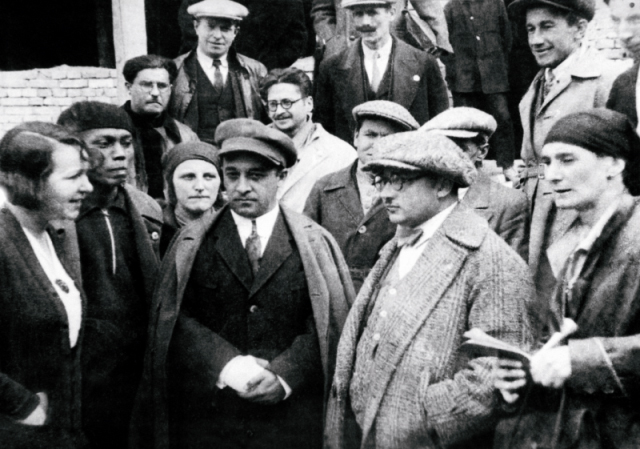The endless conflicts in the first half of the 19th century between Bukhara, Khiva and Kokand caused their economic and military decline, which contributed to the colonization of the khanates by the Russian empire and the loss of national statehood. One of the museum’s unique displays is a copy of a map of Uzbekistan which is possibly the first separate printed cartographical representation of the territory where the Uzbek people lived. The map is titled ‘Nova Maris Caspi et regions Uzbeck’ and was made in 1735 by Johann Peter van Gelen on the basis of a map drawn by Abraham Maas – a Dutch cartographer, who had served in Russia. The original is preserved in the Szechenyi National Library, Budapest, Hungary. The section includes displays illustrating the events connected with the organization of the first military expedition of Prince A. Bekovich-Cherkasski in Khiva in 1717 and a second strong but unsuccessful expedition against the Khivan state in 1839-1840 (under the command of V.A. Perovski) in which the forces of Bekovich-Cherkasski were almost all totally annihilated. On the map are laid out the principal Tsarist military campaigns against Kokand in 1853, 1864-1866 and 1873-1876, against Bukhara in 1866-1868 and against Khiva in 1873. Other images record the places of battles and the capture by Tsarist forces of Tashkent (1865), Samarkand (1868), Khiva (1873) and Makhram (1875). The events of the Khivan campaign were recorded in paintings by an eye-witness and participant, the military artist N.N. Karazin. Also displayed are photographs of the opening of the Russian political agency in Bukhara in 1886, documents recording the payment of contributions to Russia by Khiva, apportionment to Russian citizens of parcels of land in accordance with agreements dictating the inclusion of Bukhara within the Russian ‘customs boundary’, together with other materials which graphically confirm the vassal status of the Emirate of Bukhara and khanates of Khiva and Kokand.

Turkestan – Colony of Russian Empire
In this section are presented a map of the Turkestan Governate-General established in 1867, copies of documents connected with its political-administrative structure, photographs and official insignia. These jointly demonstrate that the formation in 1860-1880 of the colonial system of power had an obvious military-political character. Also displayed is a diagram recording the increase in the number of Russian immigrants as well as photographs and documents which illuminate the immigration process in the course of which enormous areas of the best irrigated lands were taken away from the local population.
The displays illuminate the transformation of Tashkent into an agrarian-raw material appendage of Tsarist Russia as a supplier of raw cotton for the Russian textile industry. What local industry there was had a colonial character and served mainly as a primary processor of raw material, principally of cotton. This period saw the penetration of regional trade and finance by the capital of Russian and foreign firms and banks, the construction of the first railroads – the Central Asian (1881-1900) and the Orenburg Tashkent (1906), which linked the Russian metropolis with its colonies. The exhibits include photographs, documents, bank credit documents, the charter of the Kokand Stock Exchange (1906), etc. A diagram graphically reflects the enormous scale of the export from Turkestan by the colonial powers of fine cultural products, which included masterpieces of Uzbekistan’s popular decorative art such as the copper wares of local craftsmen which are shown here in one of the display cases.
National-Liberation Struggle (end 19th-beginning 20th centuries)
Great attention is given to the demonstration of the national-liberation struggles of the peoples of Central Asia against colonial supremacy, which received their clearest expression in the uprisings of 1892 in Tashkent and Andijon in 1898 and in the pan-national uprising of 1916 which enveloped the whole region. Exhibited are group and single photographs and actual chains and manacles in which participants in the uprisings who had been condemned and sentenced to exile in Siberia were shackled, as well as other materials which convey a perspective on the coercive policies of the colonial power.
Culture (19th-early 20th Centuries)
In a separate display case are exhibited materials associated with the life and activity of the poet-democrats and educators; the Karakalpak poet Berdakh (pen name of Berdi Murat 1827-1900), the poet Mukimi (pen name of Muhammad Amin Khoja Mirzakhoja - 1850-1903), Furkat Zakirjon Khalmuhammad ogli (1858-1909), the poet and public figure Khamza (pen name of Khakimzoda Niyozi - 1889-1923) and the Khivan poet–democrat Avaz Otar ogli (1884-1919), etc, who fought for the interests of their people and the ascent of the country’s culture and economy.